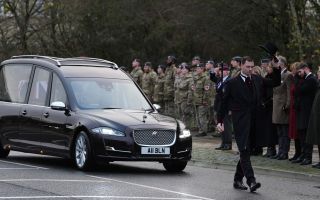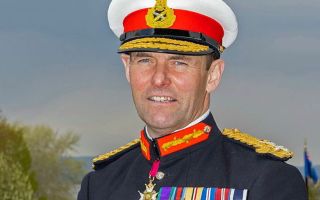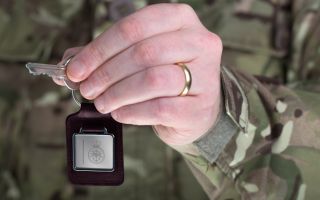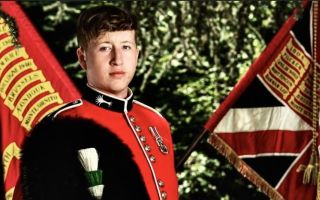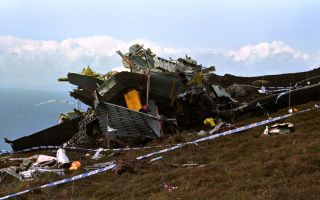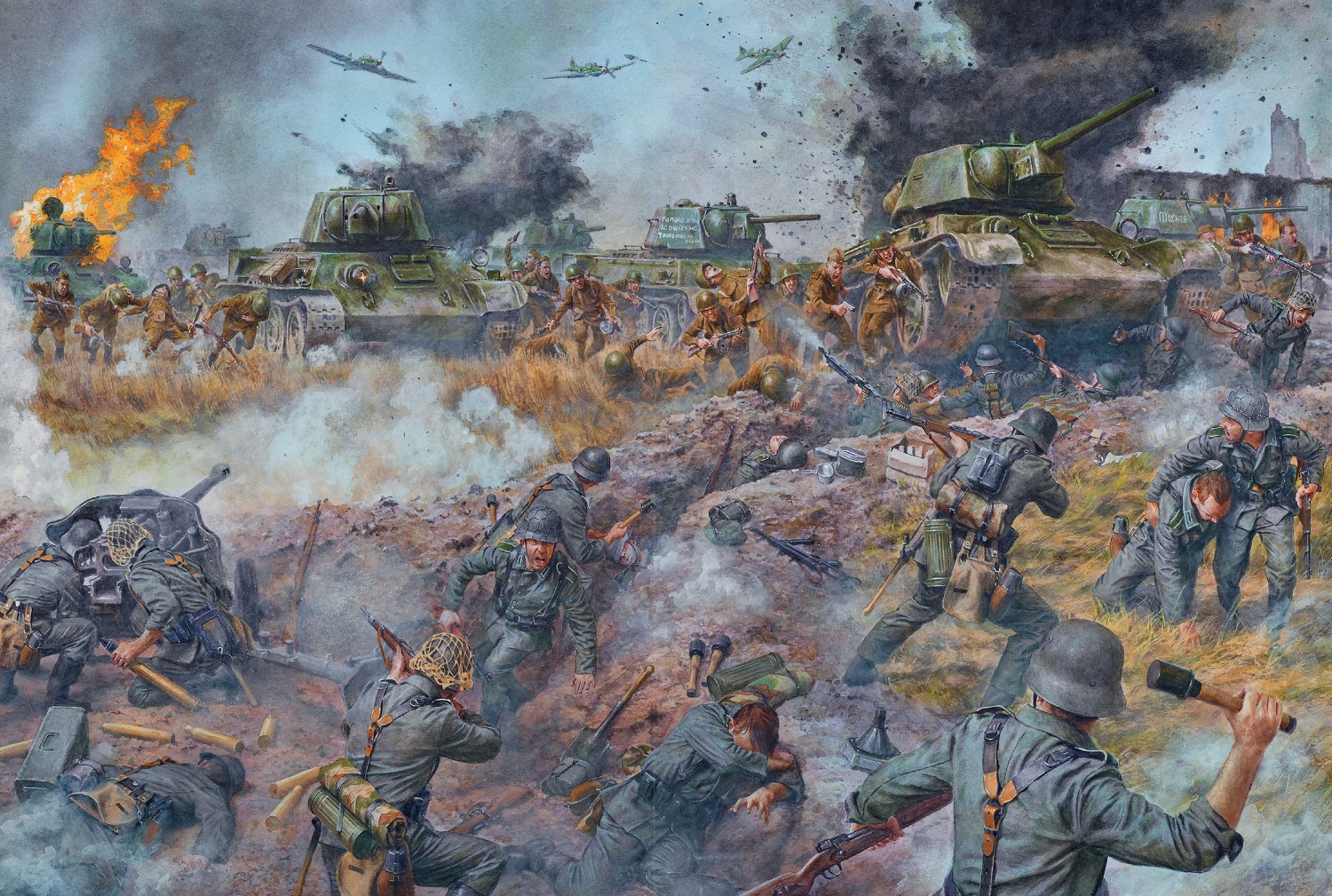
Battle Of Kursk: The Clash Of The Tanks

Soviet 5 Tank Corps and 11 Guards Rifle Division counter-attack the Germans on July 11, 1943 (image from ‘Kursk 1943: The Northern Front’ by Robert Forczyk © Osprey Publishing, part of Bloomsbury Publishing)
It is 74 years to the day since one of the largest tank battles in military history - the Battle of Kursk.
During the Second World War, Germany launched an ultimately unsuccessful offensive against the Soviet Union on the Eastern Front.
The German's codenamed 'Operation Citadel' was met by two Soviet counter offensives, in a battle that lasted for well over a month.
Almost 3,000,000 troops and thousands of tanks were involved in the battle, ending with a Soviet victory, following a decision by Adolf Hitler to call off the German offensive.
What hardware did both sides take into battle?
Germany brought nearly 3,000 tanks with them, and while the Soviet Union had nearly double that figure, the German's were considered to possess better firepower.
One such vehicle was the Panzerjäger Tiger, known as the 'Elefant' and the 'Ferdinand'.
Built in 1943, the self-propelled artillery vehicle was one of the top tanks used by Germany at the time and made their first appearances during the Battle of Kursk.
They were designed to destroy long-range targets, with an operational range of 90 km.

Another vehicle used by Germany was the Panzerkampfwagen VI; a heavy tank known as the 'Tiger'.
The tank began service in 1942 and saw much use during Kursk, and through until the end of World War Two.
Around 246 Tigers were supplied to troops during the battle.
They also relied on the Sturmgeschütz III, a medium self-propelled assault gun used not only in the Battle of Kursk, but from 1940 until the end of the Second World War.
Nearly 70 were deployed during Kursk, becoming a vehicle Nazi Germany's armed forces used regularly.
Meanwhile, the Soviet Union brought around twice the amount of tanks to that of Germany.
Among them were the 'Churchill' tanks, primarily the Mk III and IV variants.
Its top speed was 15 mph, with an operational range of 90 km.
Although a British vehicle, the heavy infantry tank was supplied to the Soviet Union as part of the Lend-Lease policy, where materials were shared between Allied nations during the war.

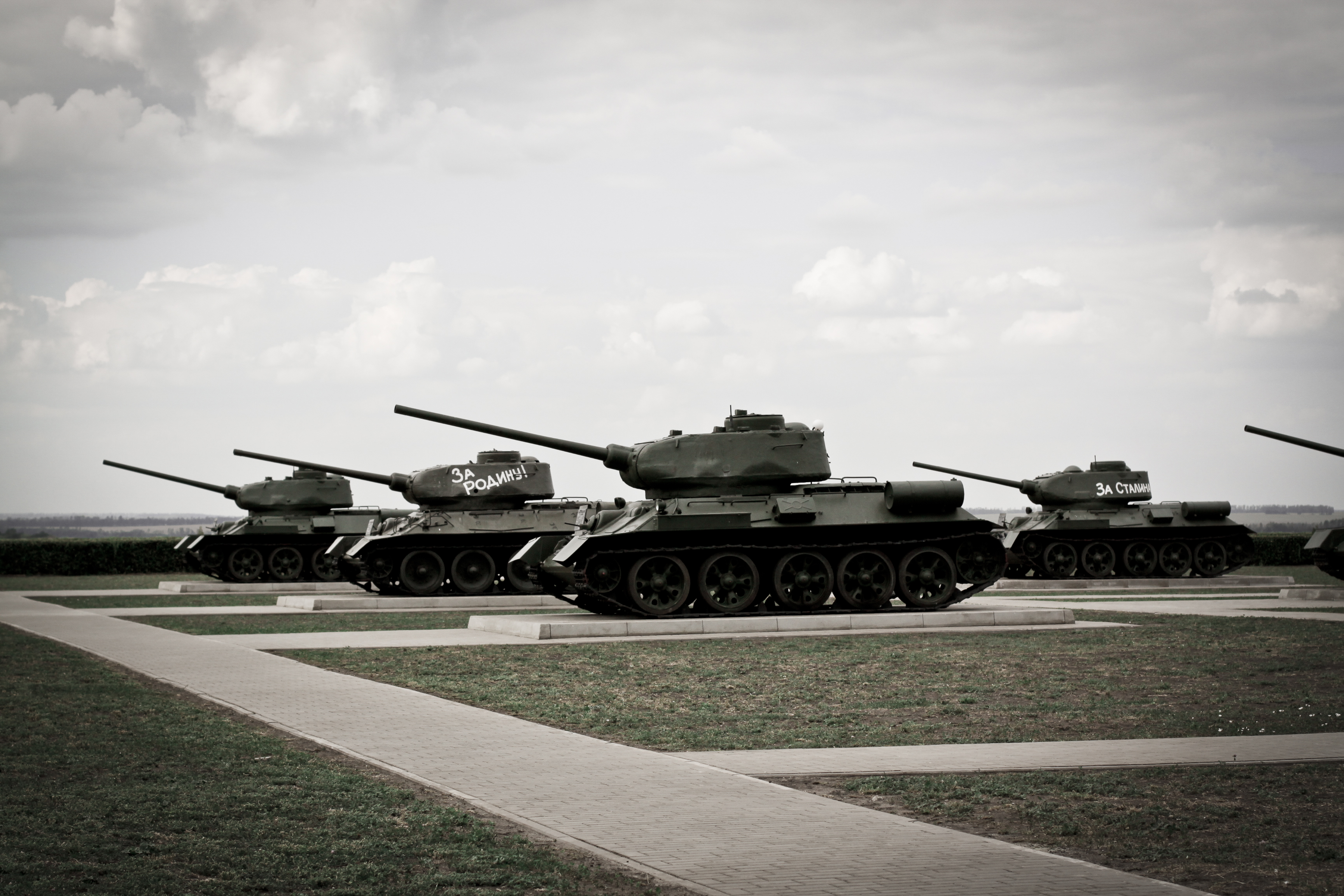
Also used was the T-34-76 medium tank. The 34-76 variant was designed in 1942, and became a staple of the Soviet Union's armed forces.
It saw action in the Battle of Stalingrad, with over 11,000 being produced by the time of Kursk.
Another used by the Red Army was the SU-152, sometimes given the nickname "Beast Slayer".
It was armed with a 152 mm howitzer, with 20 rounds. Over 700 were built, and proved a valuable asset during the Battle of Kursk.
The tank was capable of destroying some of the German's heaviest vehicles, including ten in one day according to reports.
To learn more about the Battle of Kursk, read ‘Kursk 1943: The Northern Front’ and ‘Kursk 1943: The Southern Front’ both by Robert Forczyk. Visit Osprey Publishing for more military history.
And to see a real T-34 tank, visit the Tank Museum in Bovington.

